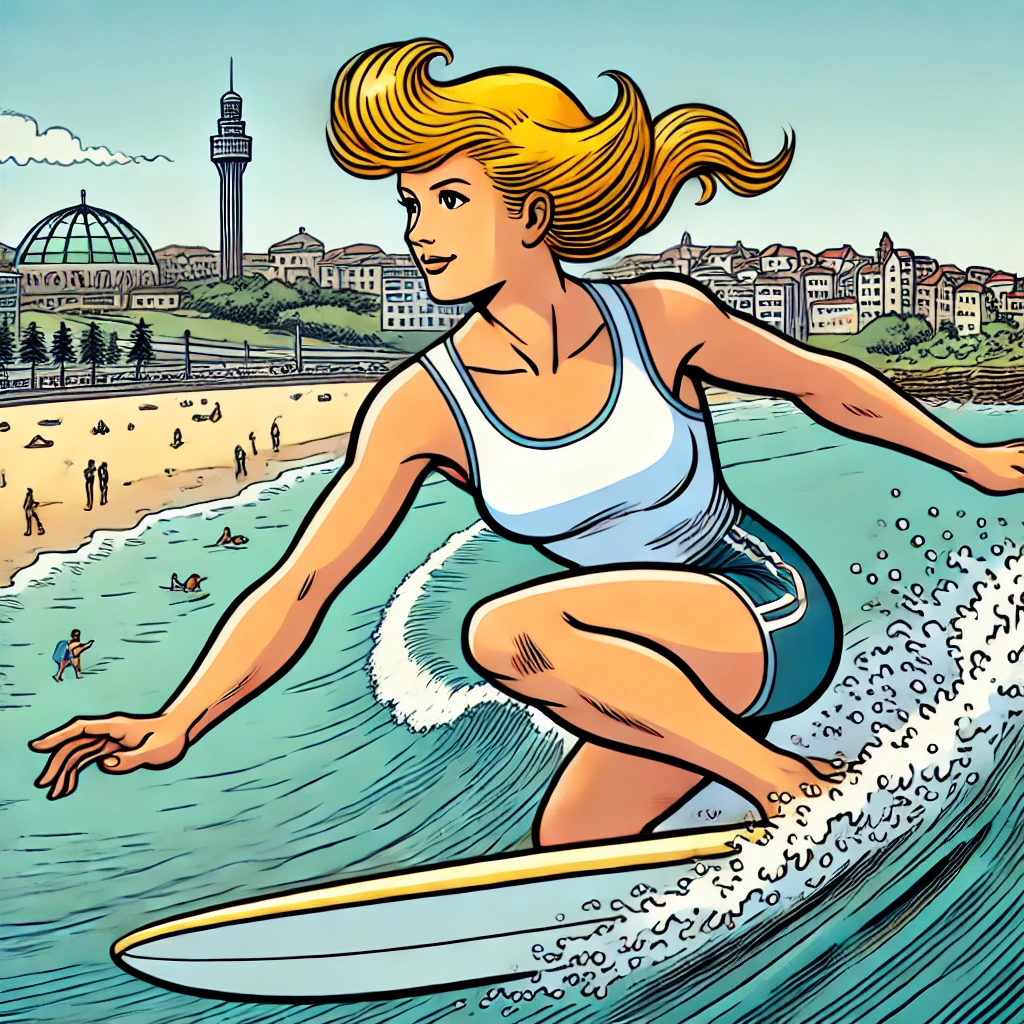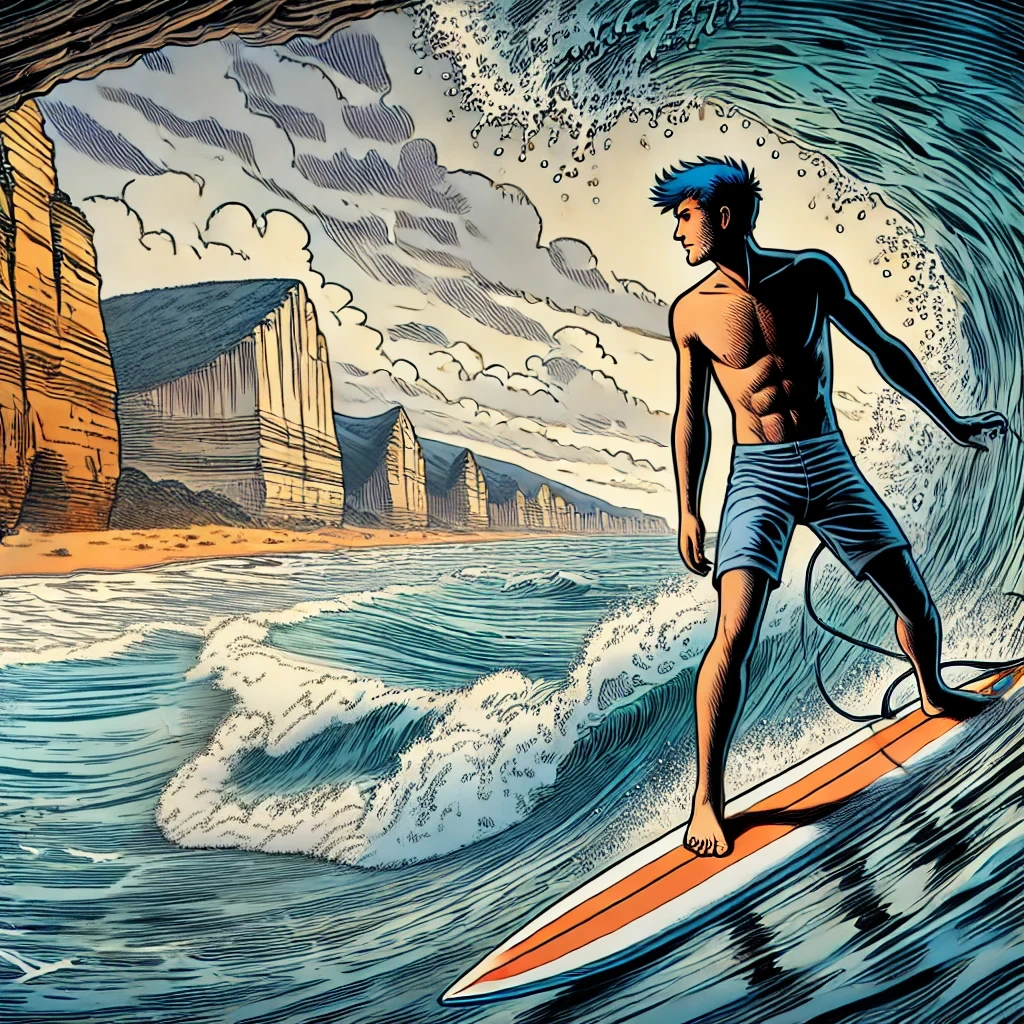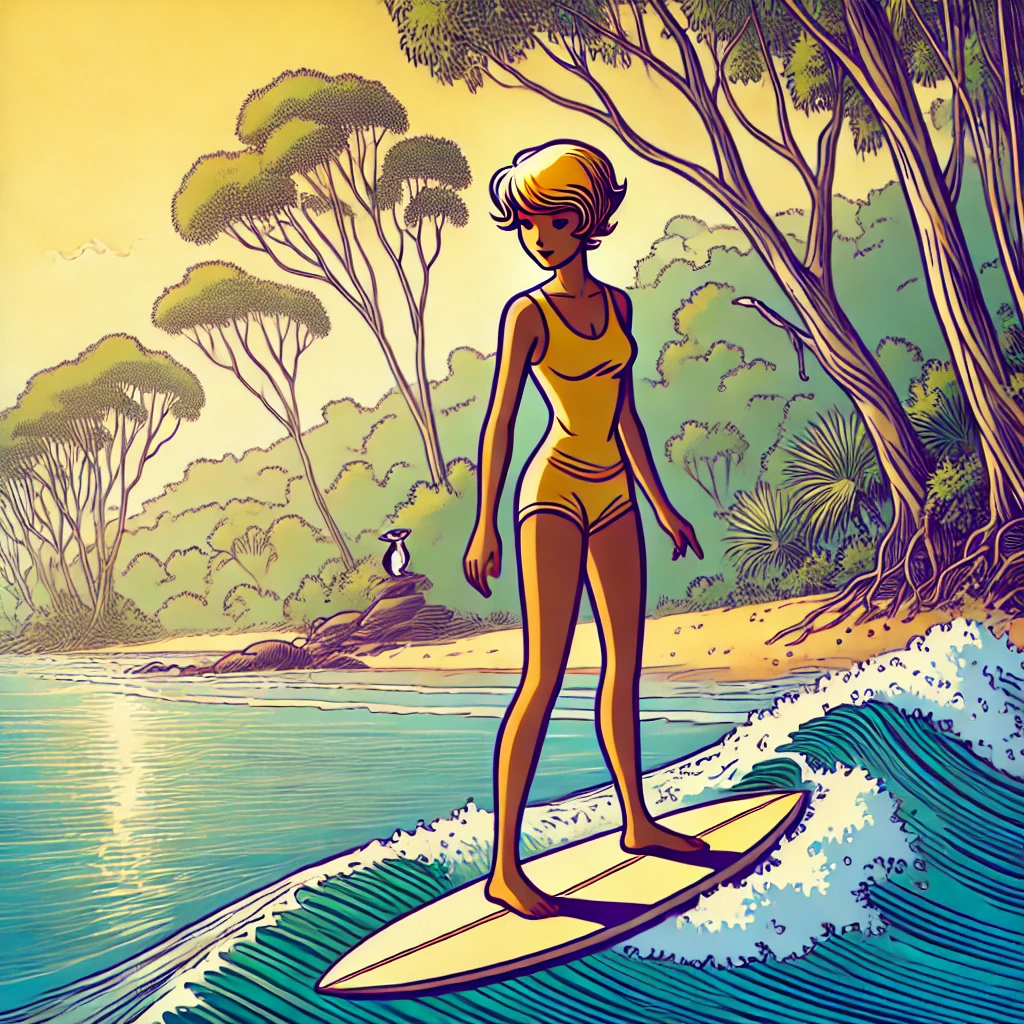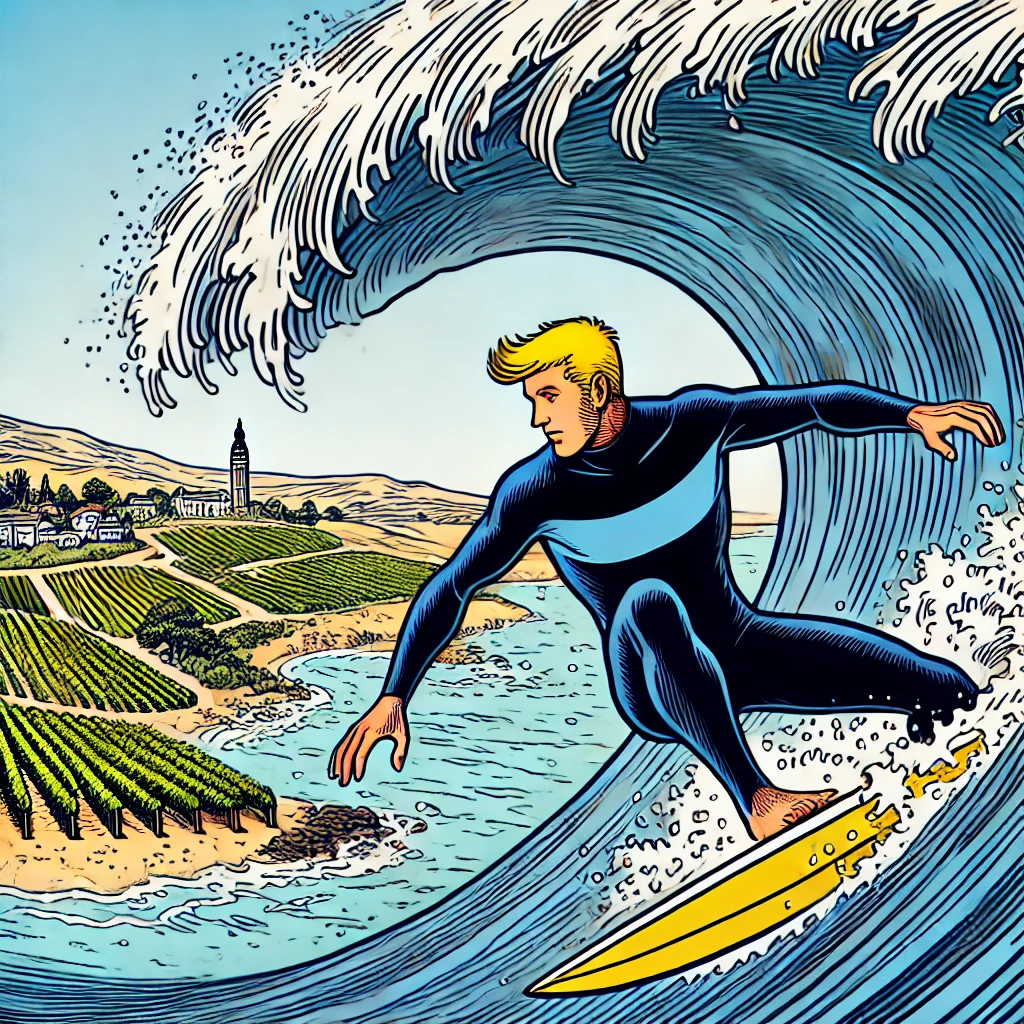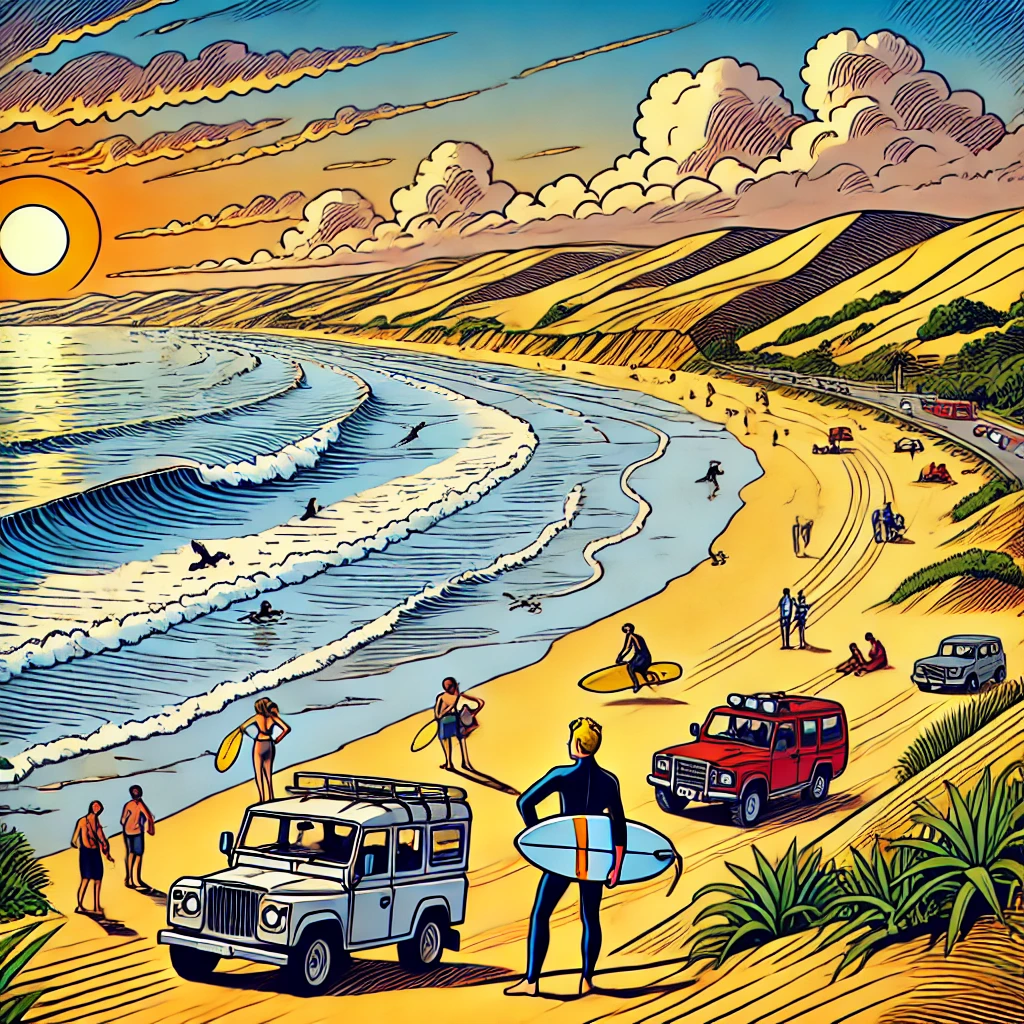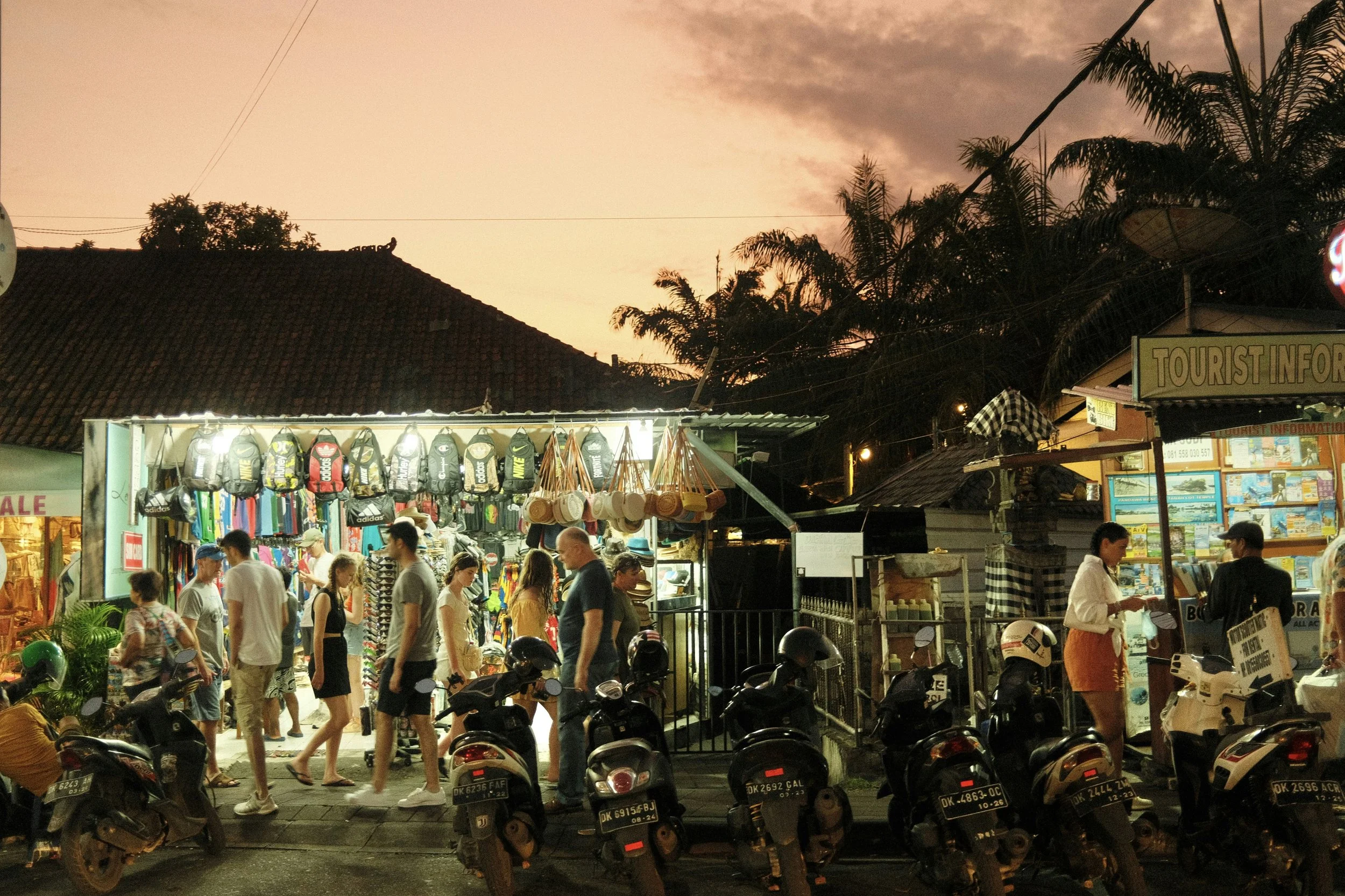Ride the swells in Australia with our guide for American surfers. Explore top spots, local slang and tips to carve the waves like a pro in the land of epic surf.
If you think California’s surf scene is gnarly, wait until you paddle out in the land that invented the boomerang. Australia’s surf culture runs deeper than a great white’s feeding ground, and I’m here to help you navigate it like a local.
And if you’re asking yourself: Do U.S. citizens need a visa for Australia? The answer is simple-ish! Most visitors can enjoy the sun, sea and surf with an easy-to-obtain Electronic Travel Authority (ETA). It takes about 15 minutes to apply online, costs less than a good surf wax, and gives you up to three months at a time to chase those Aussie waves. Just make sure to sort it out before you book your flights — nothing turns a ripper into a write-off faster than being turned away at the airport!
The Aussie Surf Vibe: Not Just Crocodile Dundee With a Board
While Americans queue up at dawn for their Starbucks, Australians are lining up at daybreak for their first wave. Surfing isn’t just a sport here — it’s practically a religion. The early-morning surf check is as routine as brushing your teeth, and “gone surfing” is a perfectly acceptable excuse for being late to, well, anything.
Bondi Beach: The Venice Beach of the Southern Hemisphere
Why It’s a Great Surf Spot
Bondi is a total vibe: golden sand stretching out in a perfect crescent, framed by sandstone cliffs and the sparkling Pacific. The beach buzzes with life, from early-morning surfers carving waves to sunbathers soaking up that famous Aussie sunshine. It’s the kind of place where you’ll find a yogi balancing on one hand near the shoreline, a street artist sketching portraits on the promenade, and someone casually carrying a surfboard while sipping a flat white.
Bondi Beach is a mix of beginner-friendly waves on the north end and powerful breaks on the south end, making it a versatile spot for surfers of all levels.
Things to Note for Surfers
Watch for rip currents, especially in the middle of the beach.
The south end is a “locals’ zone,” so newcomers should respect the lineup etiquette — people don’t take kindly to cutting the line in their “office.”
What to Do in the Vicinity
Take the scenic Bondi to Coogee coastal walk.
Relax at Bondi Icebergs club with its iconic oceanfront pool.
Browse the local markets or enjoy brunch at trendy cafés.
Gold Coast: California’s Surf Culture on Steroids
Why It’s a Great Surf Spot
Imagine California’s surf scene after it’s had a double espresso and a protein shake — that’s the Gold Coast. With 43 miles of pristine coastline and a reputation for producing world-class surfers, this is where waves and ambition collide. Snapper Rocks and the Superbank are the crown jewels, serving up rides so long you might wonder if you’ve crossed into the next time zone. The energy here is electric, with the lineup packed with everyone from sun-bleached groms (kids) to salty pros chasing the perfect barrel.
Things to Note for Surfers
The waves can get crowded, so arrive early for the best conditions.
Local surfers are passionate — respect their space and follow lineup rules.
What to Do in the Vicinity
Visit the town of Surfers Paradise for dining, shopping and nightlife.
Explore Currumbin Wildlife Sanctuary to see kangaroos and koalas.
Take a hike in the nearby hinterland for waterfalls and lush landscapes.
Bells Beach: The Pipeline of the South
Why It’s a Great Surf Spot
Bells Beach could be considered by many to be a shrine. Tucked along the iconic Great Ocean Road, this rugged stretch of coastline is where legends are made. Home to the Rip Curl Pro, it’s the kind of place where you can almost hear the echo of decades of epic wipeouts and triumphant rides. The waves here are famously consistent, rolling in like clockwork with long, powerful right-handers that draw intermediate and advanced surfers from every corner of the globe. It’s raw, untamed and unapologetically challenging — the kind of spot that demands respect, both from surfers and spectators alike.
Oh, and the backdrop? Towering cliffs and wild Southern Ocean views make it just as breathtaking onshore as off.
Things to Note for Surfers
A thick wetsuit is a must — the water is cold year-round.
Be prepared for powerful swells, especially during the winter months.
What to Do in the Vicinity
Drive along the Great Ocean Road for breathtaking coastal scenery.
Visit surf shops in Torquay and learn some history at the Australian National Surfing Museum.
Enjoy craft beer at local breweries nearby.
Byron Bay: The Santa Cruz of Australia
Why It’s a Great Surf Spot
Byron Bay is a vibe so laidback, it practically reclines. At its heart lies the Pass, a dreamy stretch of coastline where long, peeling waves create the perfect playground for longboarders. Glide effortlessly down the line as dolphins frolic in the surf beside you, and the lush, green hills roll lazily into the horizon. It’s the kind of spot where time slows down, the water feels warmer, and every ride feels like a postcard moment.
With its bohemian charm and abundant marine life, Byron Bay is as much about soaking in the scenery as it is about catching the perfect wave. Just bring your patience — the lineup here is as crowded as the town’s organic cafés on a sunny weekend.
Things to Note for Surfers
Crowds can get heavy, so be patient and respectful in the lineup.
Marine life is abundant — dolphins often swim alongside surfers here.
What to Do in the Vicinity
Visit the Cape Byron Lighthouse for panoramic views.
Explore Byron’s markets, organic cafés and artisan shops.
Join a yoga session or enjoy a massage for ultimate relaxation.
Noosa Heads: Gentle Waves and Stunning Scenery
Why It’s a Great Surf Spot
Noosa Heads feels like stepping into a watercolor painting. Nestled on Queensland’s Sunshine Coast, this idyllic spot is a haven for beginners, with its gentle point breaks rolling in against a backdrop of pristine beaches and lush national park. The waves here are so smooth and forgiving, it’s like they’re offering you a hand and saying, “Go on, give it a go.”
But don’t mistake its calm waters for a lack of excitement — Noosa’s charm lies in its rhythm, where the surf hums along to the soundtrack of rustling eucalyptus trees and the occasional kookaburra laugh. Early mornings here are magic, with glassy waves and golden light setting the tone for a perfect day on the water.
Things to Note for Surfers
The Noosa Festival of Surfing in March is a highlight for the local surf community.
Early mornings are the best time to catch uncrowded waves.
What to Do in the Vicinity
Walk through Noosa National Park and spot wildlife like koalas.
Shop and dine along Hastings Street.
Rent a kayak or paddleboard to explore the Noosa River.
Margaret River: Where Surf Meets Wine Country
Why It’s a Great Surf Spot
Margaret River is where rugged adventure meets refined taste. Known for its powerful swells and dramatic rocky reefs, this stretch of coastline is a proving ground for advanced surfers, with Surfers Point serving as the ultimate stage. The waves here are as bold and intense as the region’s world-famous wines — challenging, rewarding and not for the faint-hearted.
But the magic of Margaret River doesn’t end when you paddle in. After conquering the surf, you can swap your wetsuit for a wine glass, exploring vineyards tucked between rolling hills and limestone caves. It’s a rare mix of adrenaline and indulgence, where you can ride the waves in the morning and toast to your triumphs at sunset.
Things to Note for Surfers
The area’s rocky reefs and powerful swells demand caution and skill.
A wetsuit is recommended, especially during cooler months.
What to Do in the Vicinity
Tour world-class wineries and sample gourmet food.
Explore limestone caves like Jewel Cave.
Hike the Cape to Cape Track for incredible coastal views.
A Quick Guide to Aussie Surf Slang
Before you paddle out, let's get your lingo sorted — nothing gives away a tourist faster than blank stares at the lineup when locals start chatting. While Aussie surf talk is often strewn with slang, mastering a few key terms will help you blend in faster than a dolphin in the deep blue.
blowie: A blow-in, or a surfer who’s not local to the area
bommie: A submerged reef or rock where big waves break
corker: A fantastic wave or session (“That was a corker of a wave!”)
heaps: Very or lots (“Them waves were heaps gnarly!”)
rip: Rip current, but also excellent (“That session was rip!”)
ridgy-didge barrel: An epic, perfect tube
salty: An experienced surfer who spends lots of time in the water
Practical Tips for American Surfers in Australia
Timing Your Trip
March to May offers the best combination of good waves and comfortable temperatures along the east coast. The crowds are thinner, and you might score some epic swells in the autumn (this is the Southern Hemisphere, so the seasons are reversed).
Board Rental vs. Bringing Your Own
Most major surf spots offer quality rentals, saving you the hassle of international board transport. However, if you’re planning an extended stay, many airlines offer decent rates for board bags to Australia.
Local Knowledge
Australians are generally friendly and love sharing their waves with visitors — as long as you show respect. Don’t be afraid to ask for advice about local conditions, but maybe buy them a beer first.
Safety First
Remember, everything in Australia can kill you (kidding…mostly). But seriously:
Always check for rip current warnings.
Pay attention to jellyfish advisories up north.
Learn local emergency signals.
Never surf alone at remote breaks.
The Coffee Factor
Australian surf culture and coffee culture are inseparable. Learn to love flat whites and long blacks — they’re all part of the experience. Plus, the post-surf coffee ritual is where you’ll get the best local tips.
Beyond the Breaks
Australian surf culture extends well beyond the waves. Beach barbecues, surf music festivals and board-riding clubs are all part of the scene. Dive in and participate — it’s the best way to experience authentic Aussie surf culture.
Some of the Best Surfing in the World
Surfing in Australia offers American wave riders a familiar yet distinctly “other” experience. The waves might speak the same language, but the accent is definitely different. Just remember when an Australian says a wave is “heaps good,” they probably mean it’s way better than you’re imagining. And when they say the surf's “rough,” they might mean it’s time to call your insurance company.
Welcome to Australian surf culture, where the waves are plenty and there’s always room for one more in the lineup — as long as you wait your turn, sport! –Sabine Reynolds



